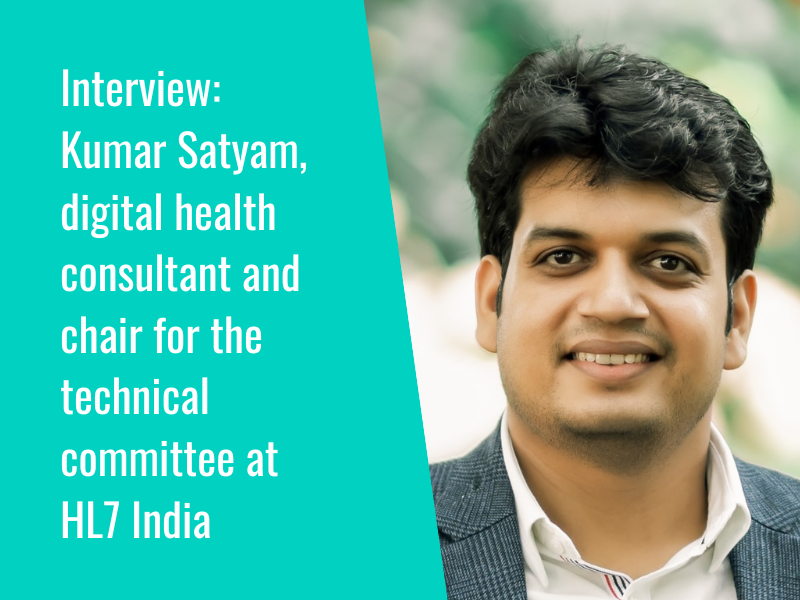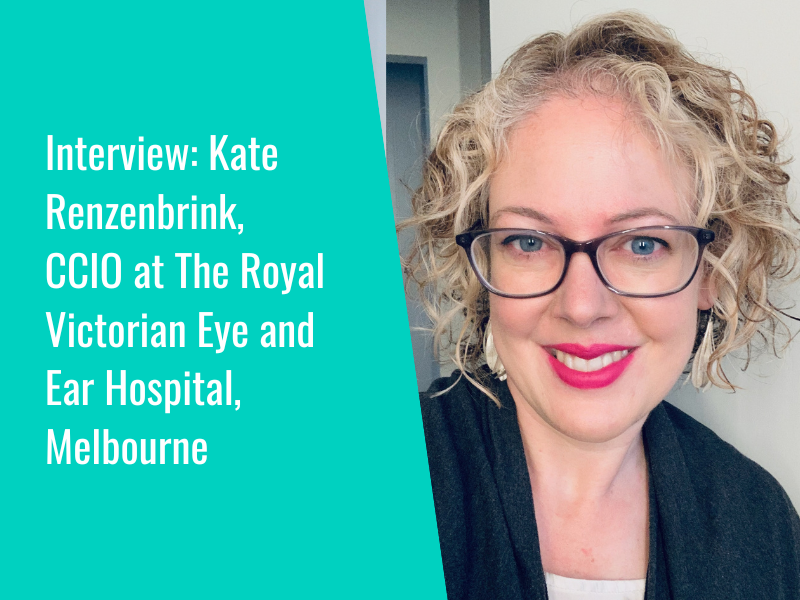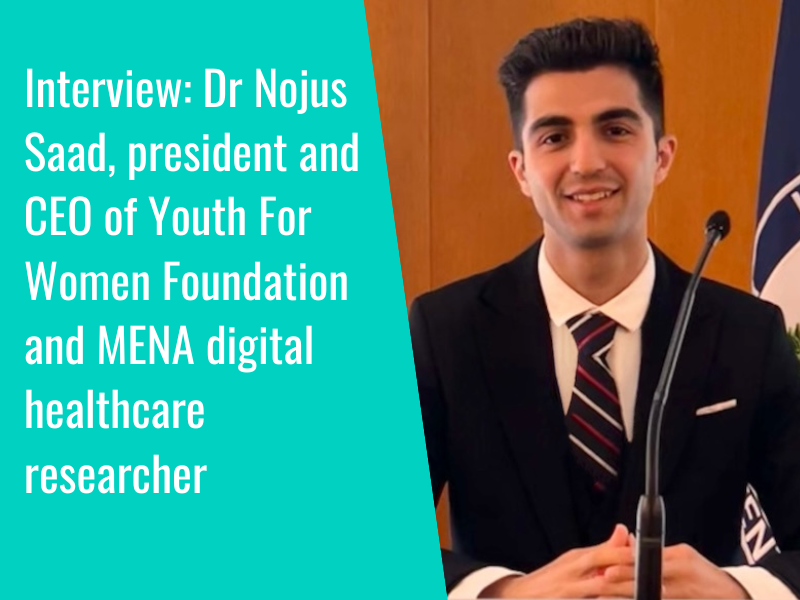The Victorian Department of Health in Australia has accepted 26 recommendations from an Expert Advisory Committee, developing a Health Services Plan outlining the key steps to be taken toward a “more connected system” that focuses on delivering “the right care, at the right time, in the right place” for residents.
The plan establishes three main pillars for reform: a restructuring of the health system to form local health service networks, or “geographic groupings responsible for planning and managing care”; “formalised relationships” between networks and a women’s, children’s and a major tertiary hospital to support access to care; and a Victorian Role Delineation Framework to enhance collaboration across the system, which sets out roles and responsibilities of sites “aligned to their size and capacity”.
For health tech, some of the key elements of the accepted recommendations include the use of virtual care and remote monitoring to support equity in patient access; improved patient record sharing across sites “ideally through common electronic medical record platforms”; use of remotely supported reading of medical imaging; virtual secondary consultations with specialists; and the development of a network-wide IT strategy, approaches to common IT systems, and electronic medical record systems.
The plan also outlines hopes for continued reform to improve connections between primary, community and acute care, to support the development of new care models, digital systems and tech to “support information flow and virtual care”.
On data, the plan acknowledges the need for “transparent data” to inform accountability, supported by timely information sharing and access. Data will also play a key role in plans to develop a learning and connected health system, featuring integrated digital systems which will enable increased visibility of the entire patient journey, more informed population health planning, and more efficient use of resources.
The plan highlights the department’s implementation of a secure health information sharing system supporting clinician access to information at the point of care, as central to success, recognising that “more work is needed” to improve information sharing and system interoperability. In particular, it cites challenges relating to multiple different EMRs across sites, uneven digital capacity and access to modern technology and infrastructure.
To learn more about the recommendations adopted by the department and the Health Services Plan, please click here.
For more insights from Australia around digital healthcare, check out our interview with Kate Renzenbrink, chief clinical informatics officer at The Royal Victorian Eye and Ear Hospital in Melbourne.
- 1
- 2
















